1. French Fried Onions
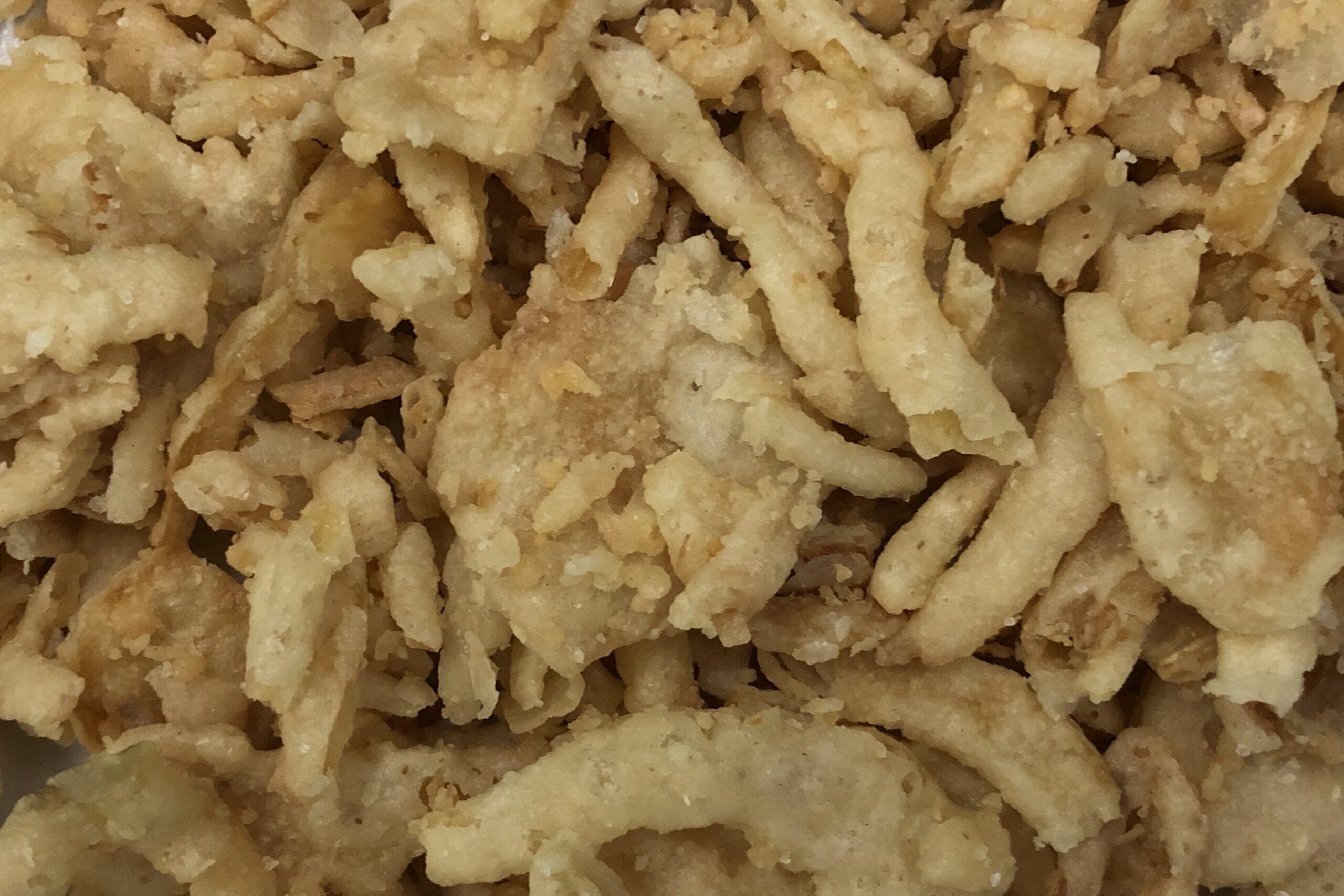
Back in the ‘80s and ‘90s, French fried onions were the star of many restaurant dishes, adding a crispy, savory crunch to burgers, steaks, and even salads. You’d often see them served as a garnish or mixed into casseroles. They were particularly popular at diners and family-style restaurants, offering a salty, greasy comfort food element that satisfied cravings. Despite their appeal, these crispy delights have slowly disappeared from menus, with no real explanation for their absence.
It’s a mystery why something so beloved simply faded out. Maybe chefs decided to move on to more sophisticated toppings, or perhaps people started opting for healthier alternatives. Either way, French fried onions have become a nostalgic memory for many, with only a few eateries still offering them. It’s a real shame because, for a time, they were an essential part of the American restaurant experience.
2. Stuffed Mushrooms

Stuffed mushrooms were once a staple appetizer at nearly every steakhouse and upscale diner. Typically filled with a mixture of breadcrumbs, cheese, and various seasonings, these little bites were the perfect way to start a meal. Their rich flavor and comforting texture made them a crowd-pleaser, often accompanying a glass of wine or a hearty entrée.
But somewhere along the way, stuffed mushrooms started disappearing from menus. Perhaps they became associated with outdated, retro dining experiences, or maybe the labor-intensive preparation was no longer seen as worth the effort in a fast-paced kitchen. Whatever the reason, these once-popular appetizers have become a rare find, leaving many people wondering where they went.
3. Beef Wellington
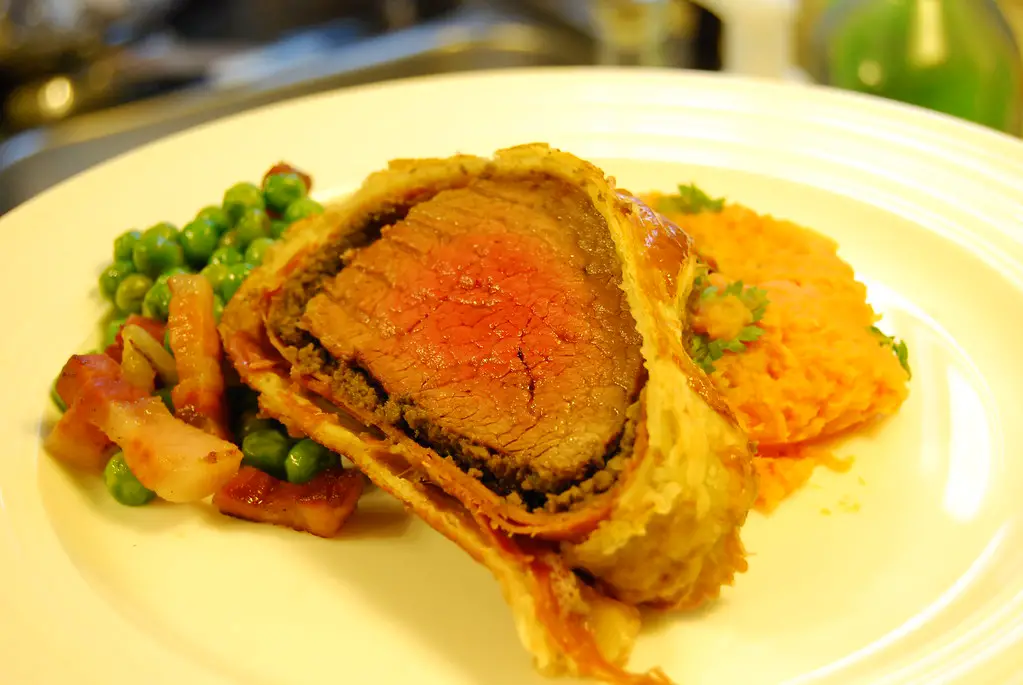
Beef Wellington, with its decadent layers of beef, mushrooms, and puff pastry, was once the crown jewel of upscale restaurants. A dish fit for a celebration, it was a favorite of those looking for a show-stopping entrée to make an impression. The rich flavors and impressive presentation made it a must-try for food enthusiasts, especially at fine-dining establishments.
However, over the years, Beef Wellington became increasingly rare, disappearing from many restaurant menus. It’s possible that its complexity and the time-consuming process of preparation led to its decline, especially in an era that favors quicker, simpler dishes. Though still available at some high-end restaurants, Beef Wellington has faded from the mainstream, leaving a hole in the hearts of those who loved it.
4. Chicken Cordon Bleu

Chicken Cordon Bleu was once the go-to dish for those looking for a fancy but familiar option. The crispy, breaded chicken stuffed with ham and melted cheese was a classic choice at many mid-tier restaurants and country clubs. It was the perfect combination of savory and indulgent, making it a favorite among those looking to splurge without breaking the bank.
But as time passed, Chicken Cordon Bleu quietly disappeared from many restaurant menus. Perhaps it was due to its heavy, comfort-food status in an era that shifted toward lighter, more health-conscious meals. Regardless of the reason, it’s a dish that many diners miss, as it was a true crowd-pleaser for decades.
5. Shrimp Scampi
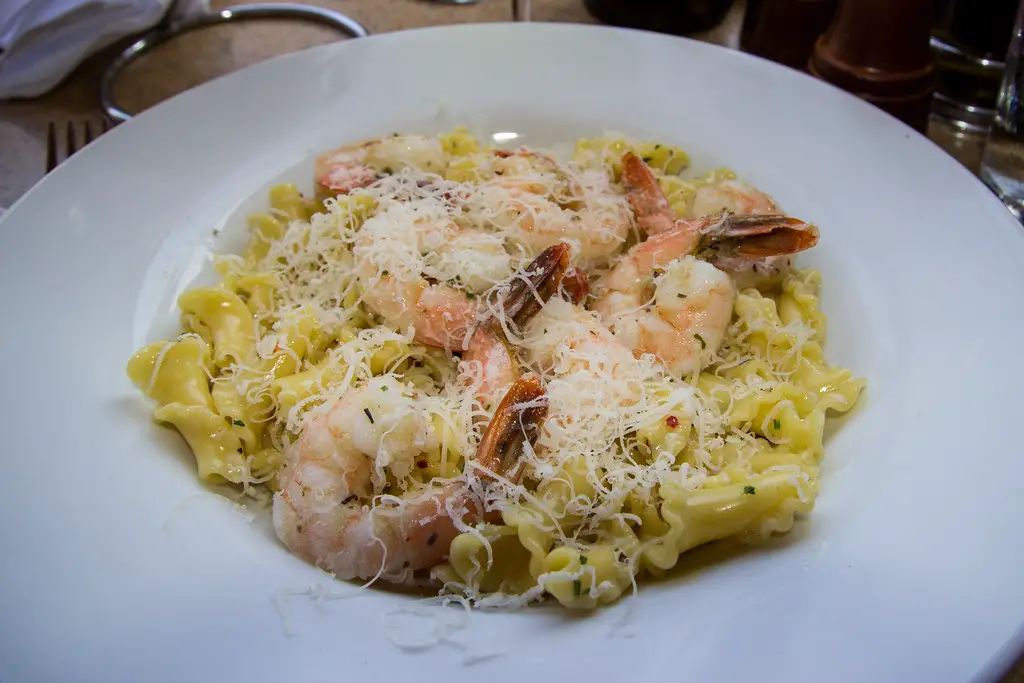
Shrimp Scampi, with its garlicky, buttery sauce, was once a must-have at Italian and seafood restaurants across the country. The combination of tender shrimp and a rich, flavorful sauce made for an irresistible dish that was often paired with pasta or served as an appetizer. It was the perfect choice for seafood lovers looking for something flavorful without being overly complicated.
Despite its popularity, Shrimp Scampi has started to vanish from many menus in recent years. Some attribute its decline to the shift in culinary trends, with chefs opting for lighter, fresher seafood preparations or focusing on more innovative dishes. It’s also possible that diners’ palates shifted toward less rich and indulgent fare. Whatever the reason, Shrimp Scampi has become a rare find on modern menus.
6. Chateaubriand
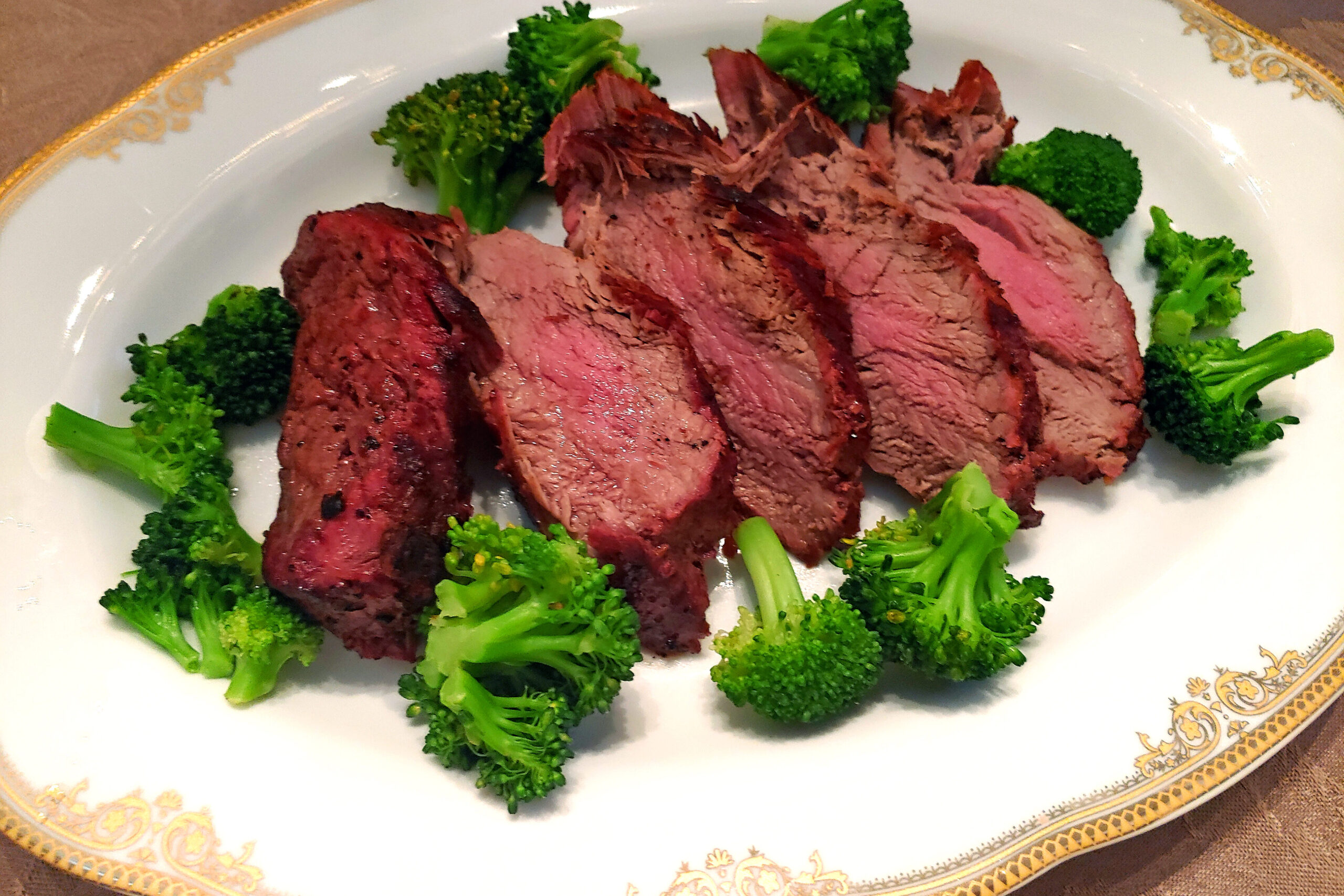
Chateaubriand, a luxurious cut of beef, was once the epitome of fine dining. It was traditionally prepared for two people, often served with decadent sides like béarnaise sauce, roasted vegetables, and potatoes. For many, it was the perfect meal for a special occasion, offering an elegant and indulgent dining experience.
However, over time, Chateaubriand has faded from restaurant menus. It could be due to the rising popularity of more affordable steak options or the increasing demand for more modern or sustainable dishes. The labor-intensive preparation and higher price point may also have played a role in its disappearance. Whatever the cause, Chateaubriand’s absence from many restaurant menus marks the end of an era in fine dining.
7. Lobster Thermidor
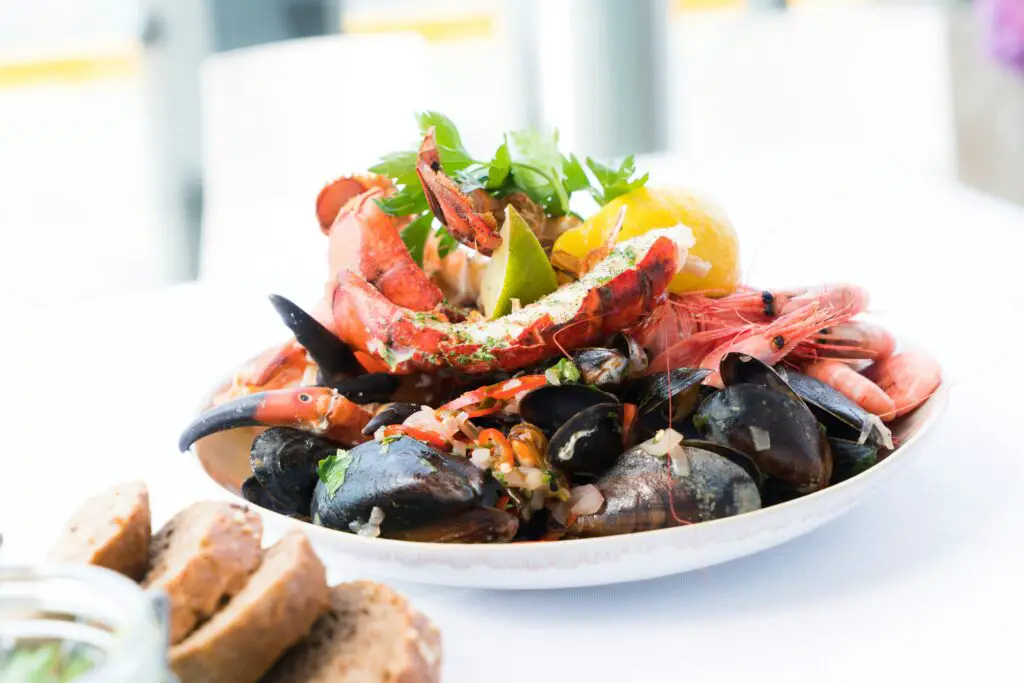
For a long time, Lobster Thermidor was the showpiece dish for fine dining restaurants. It was all about elegance, with lobster meat mixed into a creamy, wine-based sauce, tucked back into the shell, and baked to perfection. It felt fancy just to order it, and even fancier when it arrived at the table, often with some dramatic presentation. For a while, it was the height of luxury dining in America and Europe.
But somewhere along the line, Lobster Thermidor disappeared from mainstream menus. Maybe it was too fussy and expensive to prepare, or perhaps diners began leaning toward simpler seafood dishes like lobster rolls or grilled lobster tails. The shift away from rich, heavy sauces probably didn’t help either. These days, it’s mostly reserved for special old-school restaurants, a relic of a different dining era.
8. Veal Oscar
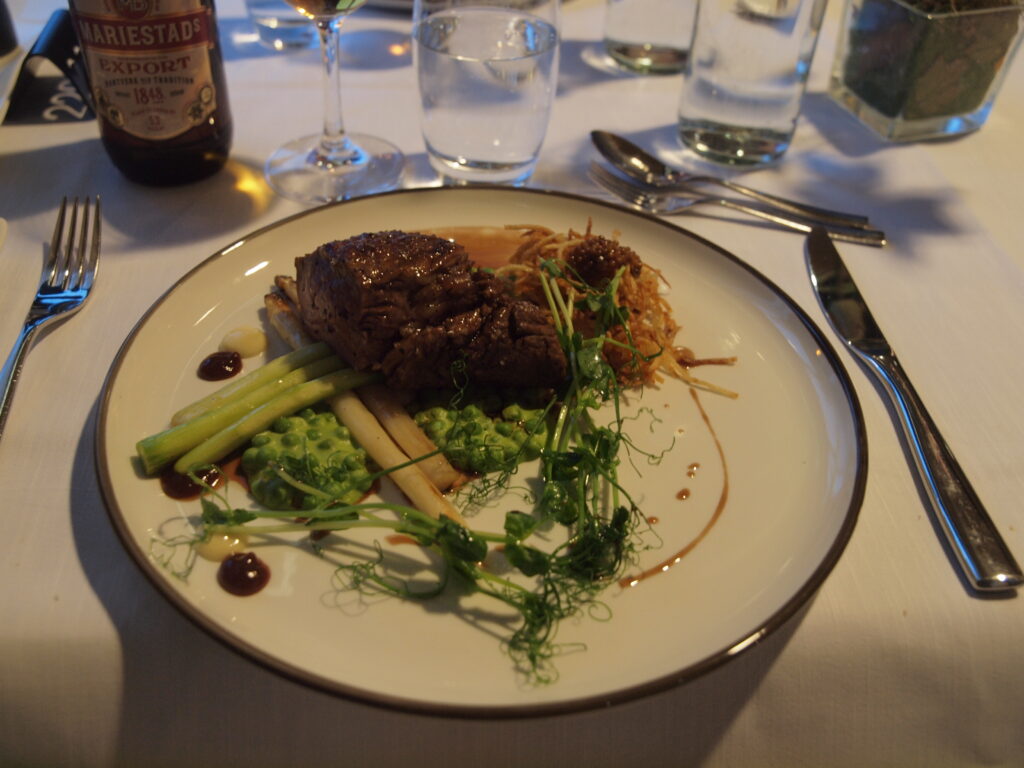
Veal Oscar was once a real crowd-pleaser, combining veal with asparagus, crabmeat, and béarnaise sauce. The blend of flavors was indulgent, giving diners both surf and turf in one elegant package. It was a classic steakhouse dish, often ordered by those wanting something beyond a traditional cut of meat. For a while, it represented luxury and refinement without being as intimidating as Beef Wellington.
Over the years, though, veal has fallen out of favor with many diners, largely due to ethical concerns about how it’s raised. Restaurants that once served Veal Oscar began to swap it for chicken or beef versions, and eventually, it just slipped off menus altogether. Today, it’s nearly impossible to find, which makes it all the more nostalgic for anyone who grew up seeing it as the “special occasion” order.
9. Baked Alaska

Baked Alaska wasn’t just a dessert, it was a performance. This elaborate treat—cake and ice cream encased in meringue, then browned in the oven—was a restaurant showstopper for decades. Some places would even flambé it at the table, turning dessert into a spectacle. It was festive, fun, and the perfect way to end a celebratory meal.
Now, it’s nearly vanished from restaurant menus. The complexity of preparing it, combined with changing dessert trends, likely made it impractical for most kitchens. As diners shifted toward lighter sweets or more casual options, Baked Alaska quietly faded away. It survives mostly in old cookbooks or the occasional retro revival, but it’s far from the mainstream dessert it once was.
10. Chicken à la King

If you dined at a family restaurant in the ‘60s or ‘70s, chances are you saw Chicken à la King on the menu. The dish featured diced chicken in a creamy sauce with mushrooms and peppers, often served over toast, rice, or pasta. It was rich and comforting, the kind of meal that felt both homey and slightly upscale. For many, it was a staple order at hotels or chain restaurants.
But Chicken à la King all but vanished in the decades that followed. Perhaps its heavy cream base fell out of fashion when lighter meals became trendy, or maybe it just started to feel dated compared to new international flavors arriving on menus. While you can still make it at home with an old recipe card, finding it in a restaurant today is almost impossible.
11. Trout Almondine
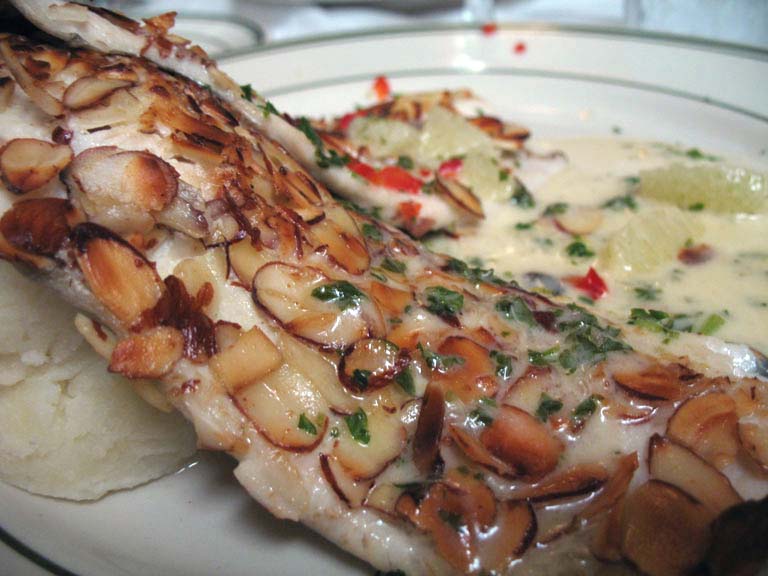
Trout Almondine was once a staple at fancy restaurants, a simple but elegant preparation of trout topped with buttery almonds. It wasn’t flashy, but it was beloved for its delicate flavors and reliable quality. For a long time, it was a go-to fish dish for anyone wanting something classic but not too adventurous.
Then, like many other traditional preparations, Trout Almondine slowly slipped away. As diners began craving bolder, more modern flavors, this gentle dish was overshadowed by trendier seafood options like blackened fish or sushi-inspired creations. It’s a dish you almost never see now, and when you do, it feels like a little time capsule from another dining era.
12. Oysters Rockefeller
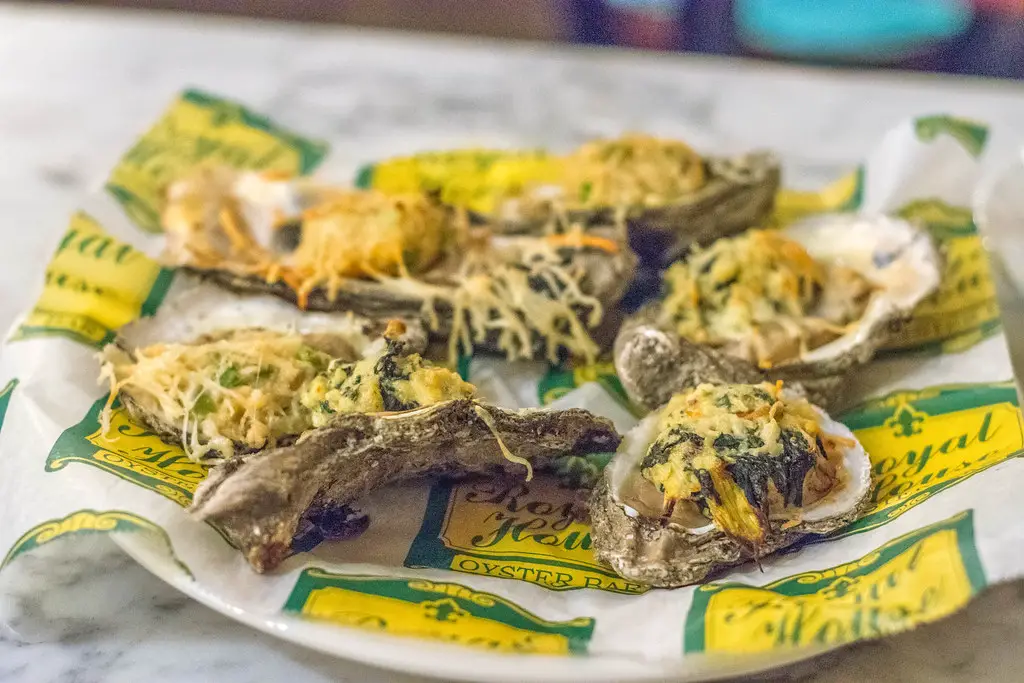
Oysters Rockefeller had a long run as one of the most iconic appetizers in American dining. The dish, with its rich topping of butter, herbs, and breadcrumbs, was first created in New Orleans but quickly spread to restaurants across the country. For decades, it was a way to make oysters feel fancy and indulgent, often served at celebrations or on date nights.
But today, it’s much harder to find. Raw oysters have remained popular, but the heavier Rockefeller style has taken a backseat. The preparation can be time-consuming, and as tastes shifted toward simpler presentations, it became less common. It’s still available in certain classic seafood spots, but its heyday as a regular menu item has long since passed.
13. Steak Diane
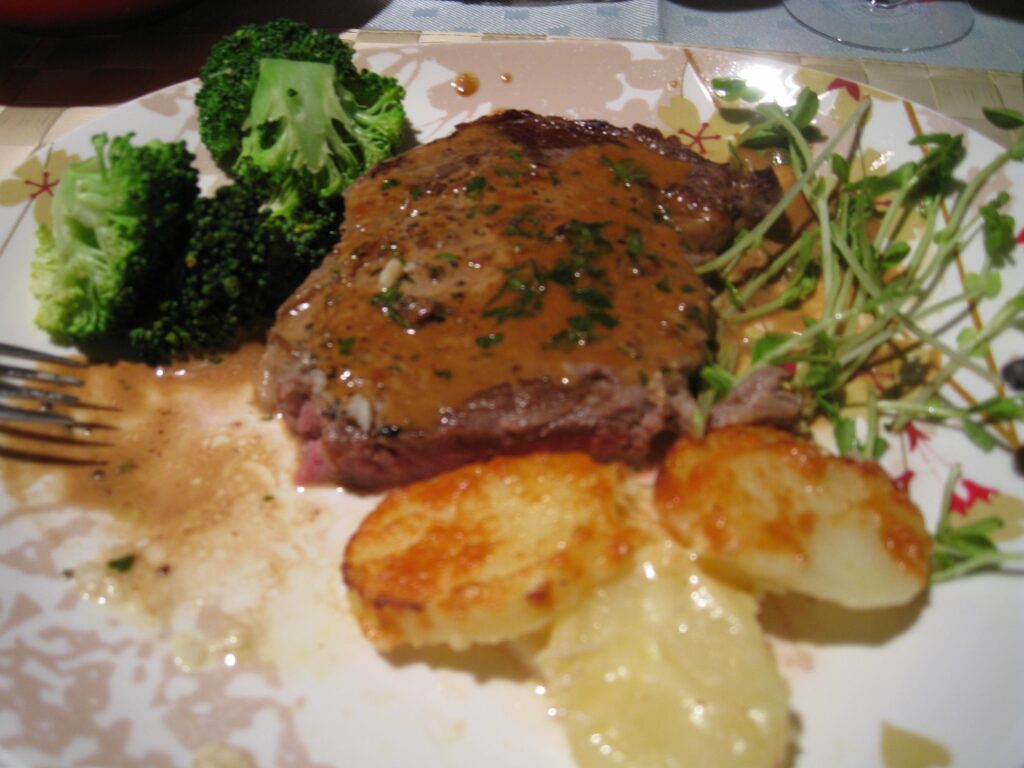
Steak Diane was once a glamorous dish that made you feel like you were dining in the finest European restaurant. Typically prepared tableside, the dish featured pan-fried steak with a rich sauce of butter, mustard, Worcestershire, and brandy. Part of the fun was watching it flambéed in front of you, turning dinner into dinner theater.
Today, though, Steak Diane has nearly disappeared from menus. The tableside service it required became impractical for many restaurants, and the old-school flavor profile eventually felt out of step with modern dining trends. Still, for those who remember it, the drama of Steak Diane remains one of the most unforgettable dining experiences of the past.
14. Scalloped Potatoes

Once upon a time, scalloped potatoes were a reliable side dish at both casual and upscale restaurants. Their creamy, cheesy layers made them a rich accompaniment to steak, chicken, or even fish. They were hearty, comforting, and almost always left you reaching for seconds.
But scalloped potatoes aren’t nearly as common on menus anymore. Some places may have swapped them out for trendier sides like roasted vegetables or truffle fries. Others may have deemed them too heavy for modern tastes. Whatever the reason, it’s surprising how such a simple, delicious classic has largely disappeared from restaurant offerings.
15. Sole Meunière
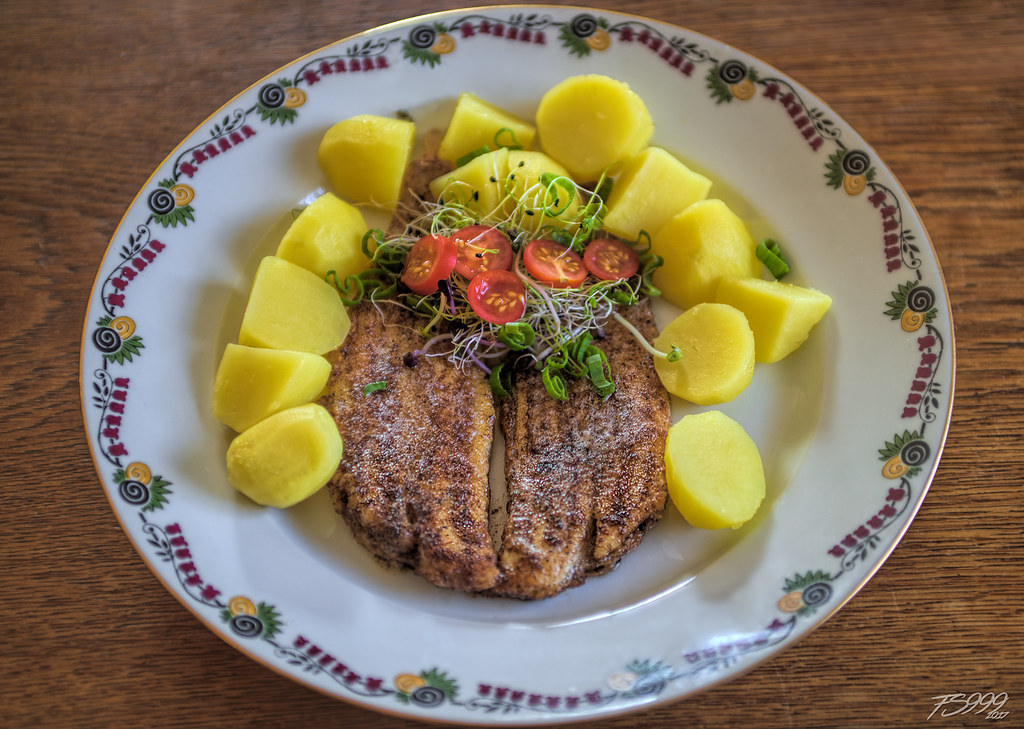
Sole Meunière was a French classic that had its heyday in American fine dining decades ago. The dish featured sole lightly dusted with flour, sautéed in butter, and finished with lemon and parsley. Its elegance was in its simplicity, highlighting the fish without overcomplicating it. For many years, it was a mark of sophistication on a menu.
Now, however, Sole Meunière is a rare find outside of French specialty restaurants. The decline might be due to the scarcity of the fish itself or the changing trends that favor bolder flavors and more experimental cuisine. It’s a dish that feels both refined and nostalgic, a reminder of a different style of dining that’s not as common anymore.
16. Coq au Vin
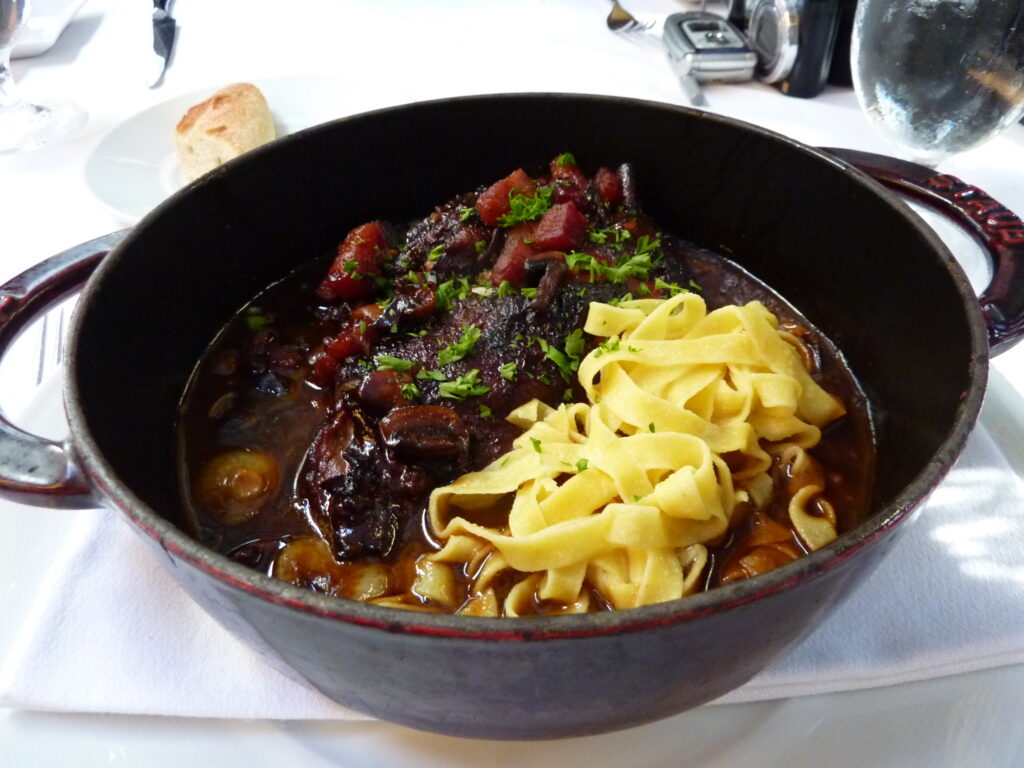
Coq au Vin, the French chicken dish braised in wine, once symbolized refined dining in the U.S. It was a staple on menus at French-inspired bistros and fine dining restaurants, offering hearty, comforting flavors that felt elegant. The slow-cooked dish showcased layers of flavor and an old-world charm.
Over the years, though, Coq au Vin became less common as restaurants moved toward faster, less labor-intensive meals. The long braising process simply didn’t fit with modern kitchens looking to turn tables quickly. These days, it’s more likely to be found in home kitchens or on special French-themed menus, but its disappearance from mainstream dining still leaves a gap.
17. Waldorf Salad
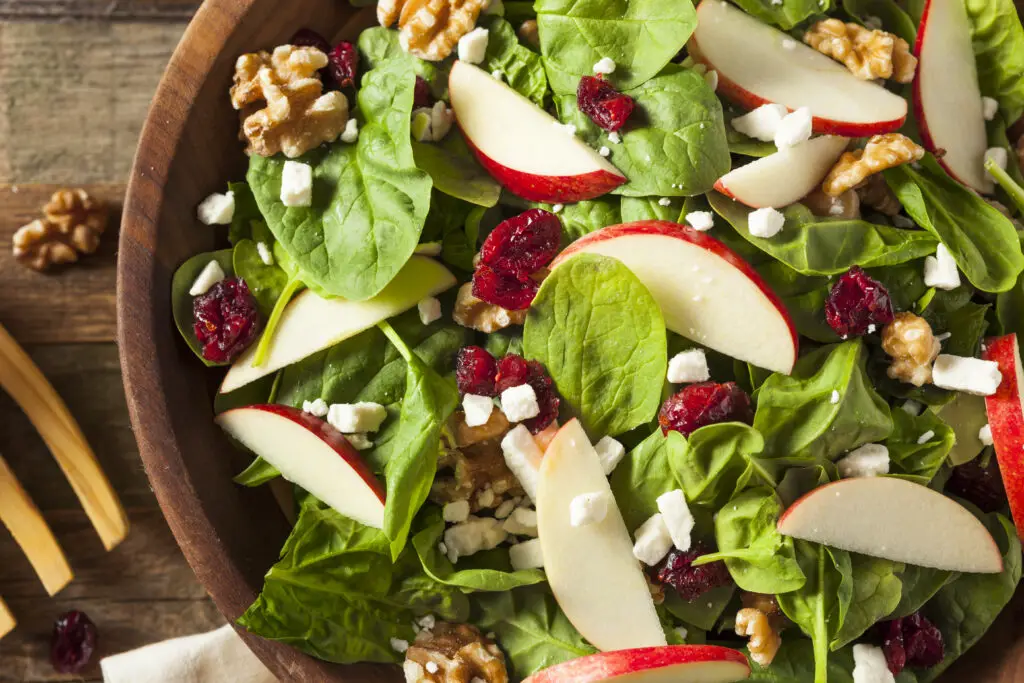
The Waldorf Salad was once a fashionable dish, especially in the mid-20th century. With its mix of apples, celery, walnuts, and mayonnaise, it was a refreshing alternative to heavier starters. It even carried a certain prestige, thanks to its origins at the famous Waldorf-Astoria Hotel in New York.
But as salads became more adventurous, the Waldorf Salad slowly lost its place. Fresh greens, exotic dressings, and international influences pushed this old standby off the stage. It feels almost quaint now, the kind of dish you’d expect at a retro dinner party but rarely see in a modern restaurant. Its absence is another sign of how tastes have shifted over the decades.
18. Duck à l’Orange
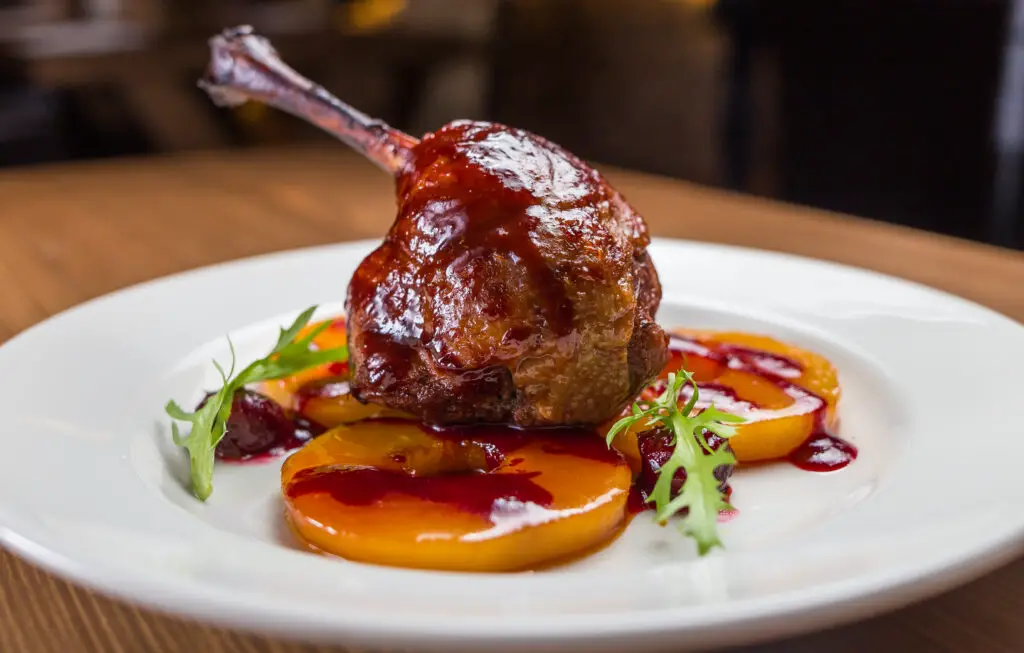
Duck à l’Orange had a moment when it seemed like every fine dining restaurant offered it. The dish combined rich duck with a sweet, citrusy sauce, creating a striking balance of flavors. It was exotic enough to feel adventurous but still rooted in classic French cooking. For many, it was the ultimate special occasion order.
Now, however, it has nearly vanished from menus. Preparing duck is a more complicated process, and the orange sauce that once seemed sophisticated began to feel dated as culinary fashions changed. Today, duck still appears on menus, but usually in trendier forms like confit or Asian-inspired preparations. Duck à l’Orange has become a dish of the past, remembered fondly by those who once enjoyed its glory days.
